From principle to application, read about calibrators in one article.
In the fields of industrial production and scientific research, it is vital to accurately measure the diameter of objects. As an instrument specially designed to measure the diameter of objects, the calibrator plays an indispensable role in many industries. Today, let us in-depth understanding of the diameter gauge, from its working principle to practical applications, all-round exploration of the mystery of this precision measuring tool.
Principle of operation of the calipers

-
Laser Scanning Diameter Measuring Instrument: This is a more widely used type of diameter measuring instrument. The principle is to use the rotating eight-faceted mirror to scan the laser into a light band, when the object to be measured in the light band to form the width of the shadow, through the photodiode received and converted to digital signals, so as to measure the diameter of the object. This kind of diameter measuring instrument has high accuracy and fast measuring speed, especially suitable for the measurement of large diameter objects, the current accuracy of up to 0.5um. However, in the measurement of small-diameter objects, due to the spot is larger than the measured object, easy to produce interference diffraction phenomenon, measurement is more difficult.
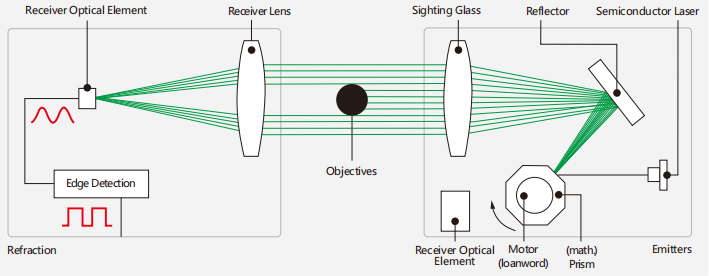
-
CCD Projection Diameter Measuring Instrument: With the development of parallel light tube and CCD technology, many enterprises have started to use CCD imaging method to measure the diameter. Its light source usually adopts infrared light with long wavelength and strong anti-interference ability. When working, the image of the object through the optical system projected onto the CCD sensor, by calculating the size of the image to determine the diameter of the object. Due to the reduction of mechanical parts, the equipment is more stable, but by the pixel constraints, there are some limitations in the expansion of precision, not very suitable for high-precision measurement of large-diameter objects, while the measurement of too fine an object will also encounter problems similar to laser scanning calibrator.
-
Laser Diffraction Diameter Measuring Instrument: This diameter measuring instrument uses the diffraction principle to measure the diameter of fine wires, which is only suitable for measuring small-diameter filaments, and the finer the filaments are, the more obvious the diffraction phenomenon is, and the better the measuring effect is. At present, some domestic enterprises have introduced the relevant technology from Germany, which can measure the filaments from 5um to 300um, and it is said that the finest filament can be measured up to 500um. Although its accuracy is affected by the standard sample and the test environment, the current accuracy of about 0.2um, but the repeatability of the accuracy is quite high, in the case of standard samples and a good test environment, there is still a lot of room to improve the accuracy, is a development direction of the filament sizing instrument.
Features and Benefits of Diameter Measuring Instruments
-
Non-contact measurement: most of the diameter measuring instruments use laser and other optical principles for measurement, without direct contact with the measured object, to avoid damage to the surface of the object to be measured, especially suitable for the measurement of objects with high requirements for surface quality, such as precision electronic components, optical lenses and so on.
-
High-precision measurement: the diameter gauge has micron-level or even higher measurement accuracy, to meet a variety of high-precision measurement needs, to ensure product quality in line with strict standards, in the aerospace, automotive manufacturing and other parts of the industry requires very high precision is widely used.
-
High-speed data processing and measurement: with high-speed data processing technology, fast sampling speed, can quickly obtain the measurement data, suitable for real-time monitoring of the production line, timely detection of dimensional deviations in the production process, improve production efficiency and product quality stability.
-
Multi-function and automation: In addition to the basic diameter measurement function, but also has a variety of extended functions, such as measuring the maximum diameter, minimum diameter, average diameter, ellipticity and other parameters. Part of the diameter measuring instrument can also be equipped with PID feedback control system, to achieve automatic feedback control; with communication interface, can communicate with PC or PLC, easy data transmission and remote monitoring, greatly improving the degree of automation of production.
Wide range of applications for calipers


-
Wire and cable and enamelled wire industry: In the production process of wire and cable and enamelled wire, the diameter gauge is used to monitor the outer diameter size of the product in real time to ensure that the product meets the specifications. By accurately controlling the diameter, it ensures that the electrical and physical properties of the product are stable, improves product quality, and reduces the rate of scrap due to dimensional deviations.

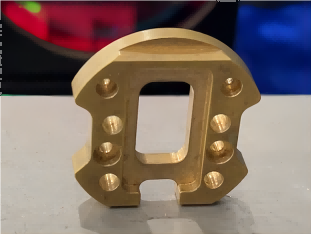
-
Metal processing industry: Measure the outer diameter and wall thickness of metal bars, tubes, etc. to help enterprises strictly control the quality of products and ensure that the metal materials produced meet the standards to meet the needs of downstream industries, such as construction, machinery manufacturing and automotive industry.

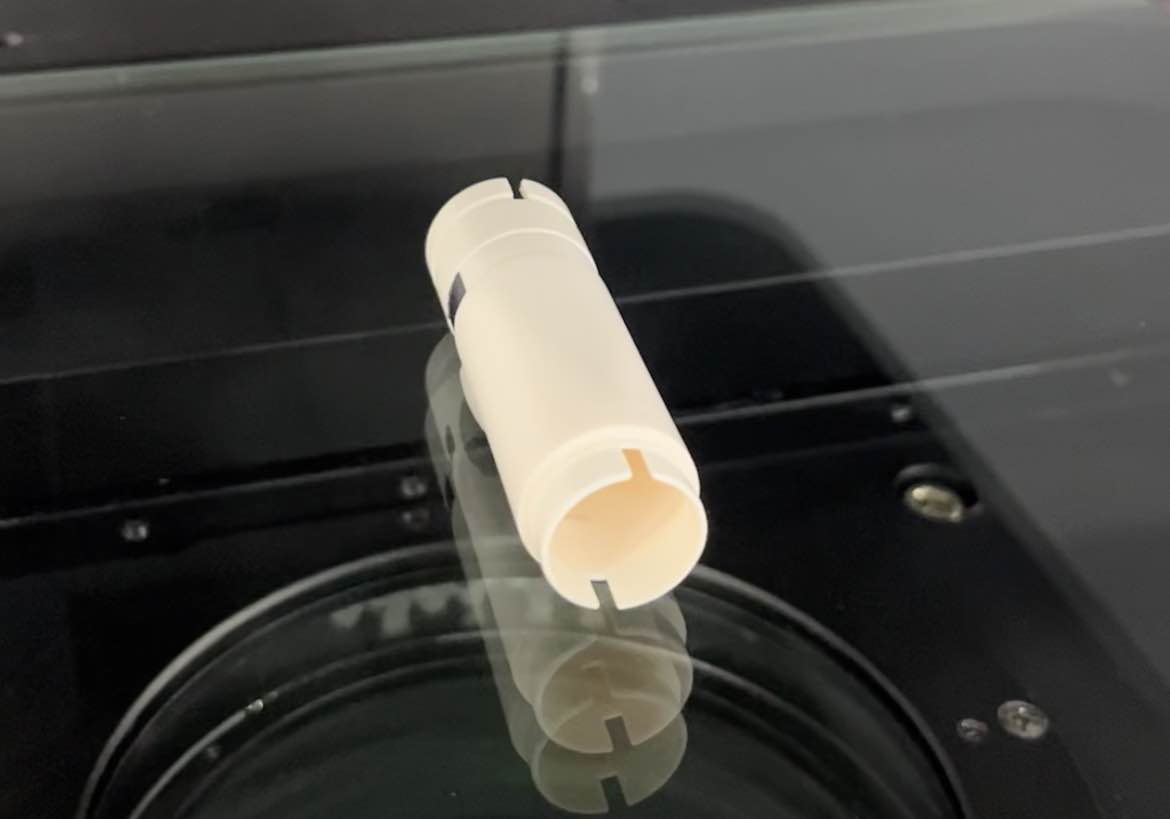
-
Plastic Manufacturing Industry: Measure the diameter of plastic pipes, profiles, and plastic insulation for wires and cables to monitor dimensional changes during the production process, adjust the production process in a timely manner, and ensure the quality and performance of plastic products.

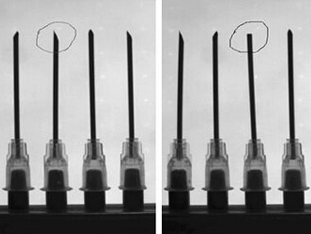
-
Medical Device Manufacturing: In medical device manufacturing, precise control of the diameter of the device is essential to ensure its safety and effectiveness. The calibrator can be used to measure parameters such as the diameter and inner diameter of medical devices such as syringes, catheters, vascular stents, etc., to ensure the manufacturing precision of medical devices and improve product quality and safety.
-
Oil industry: In oil pipeline inspection and maintenance, the sizing instrument can accurately measure the changes in the internal and external diameter of the pipeline, monitor whether the pipeline wall thickness is reduced due to corrosion or other reasons, and discover abnormal enlarged or shrunken areas in the pipeline in time so as to take measures for repairing or replacing them to ensure the safety of oil delivery . In refineries and other processing links, it can also be used to check the size of packaging containers for refined oil or other chemical products.
-
Scientific research field: In the field of materials science, mechanical engineering and other scientific research, accurate diameter measurement plays a key role in the accuracy of the experimental results. Diameter measuring instruments can provide researchers with fast and accurate measurement data to support the research and development of new materials, component performance testing and other experimental research work.
Product recommendation
TECHNICAL SOLUTION
MORE+You may also be interested in the following information
FREE CONSULTING SERVICE
Let’s help you to find the right solution for your project!
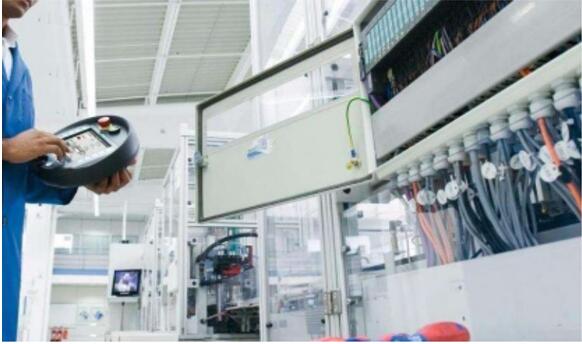

 ASK POMEAS
ASK POMEAS  PRICE INQUIRY
PRICE INQUIRY  REQUEST DEMO/TEST
REQUEST DEMO/TEST  FREE TRIAL UNIT
FREE TRIAL UNIT  ACCURATE SELECTION
ACCURATE SELECTION  ADDRESS
ADDRESS Tel:+ 86-0769-2266 0867
Tel:+ 86-0769-2266 0867 Fax:+ 86-0769-2266 0867
Fax:+ 86-0769-2266 0867 E-mail:marketing@pomeas.com
E-mail:marketing@pomeas.com
